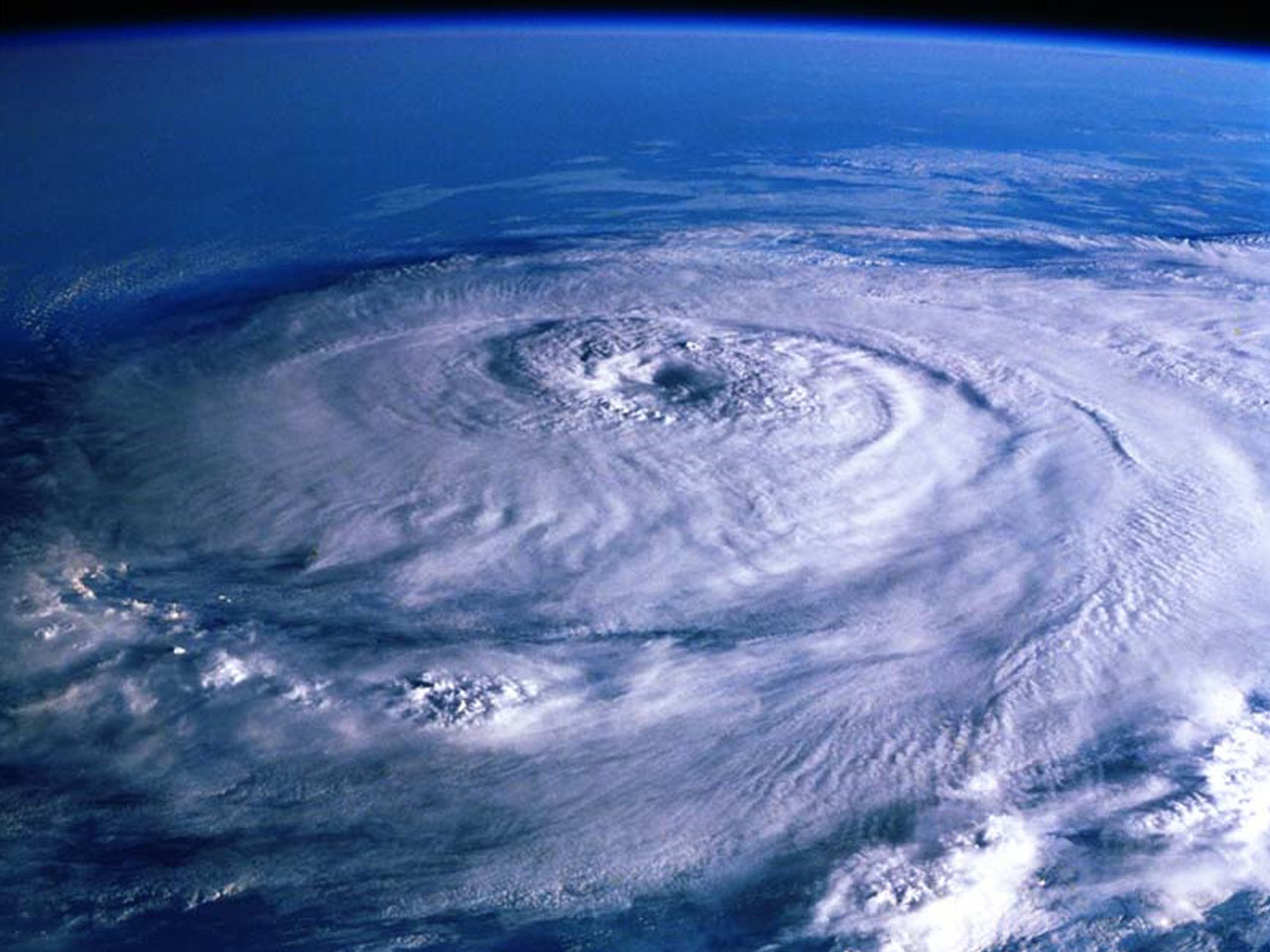Early warnings helped avoid loss of life from Hurricane Patricia
On the evening of October 23rd, 2015, the much-publicized hurricane “Patricia” made landfall on Mexico’s Pacific coast.

When Patricia hit the Mexican coast it was classified as a “Category 5” hurricane. It was the first hurricane of that classification to hit Mexico since Hurricane Dean in 2007, and the first category 5 hurricane to hit Mexico’s Pacific coast since the hurricane of 1959. That 1959 hurricane was especially destructive, killing 1,800 people.
Hurricane Patricia of 2015 soon ran out of steam however, and, as of the time of this writing, not one death in Mexico has been attributed to the storm. However, before being officially declared a hurricane, and before reaching Mexico, the Patricia storm had already killed six in Central America.
Hurricanes are measured by a rating system known as the “Saffir-Simpson Hurricane Wind Scale” (SSHWS). The scale was formerly known as the Saffir-Simpson Hurricane Scale (SSHS).
The Saffir-Simpson scale was developed in 1971 by Herbert Saffir, a structural engineer, and Robert Simpson, a meteorologist who was then director of the U.S. National Hurricane Center.
According to the National Hurricane Center, which is located in Florida: “The Saffir-Simpson Hurricane Wind Scale is a 1 to 5 rating based on a hurricane’s sustained wind speed. This scale estimates potential property damage. Hurricanes reaching Category 3 and higher are considered major hurricanes because of their potential for significant loss of life and damage. Category 1 and 2 storms are still dangerous, however, and require preventative measures. In the western North Pacific, the term “super typhoon” is used for tropical cyclones with sustained winds exceeding 150 mph.”
Here is how the National Hurricane Center describes a Category 5 Hurricane: “Catastrophic damage will occur: A high percentage of framed homes will be destroyed, with total roof failure and wall collapse. Fallen trees and power poles will isolate residential areas. Power outages will last for weeks to possibly months. Most of the area will be uninhabitable for weeks or months.”
The human race must live with natural disasters such as hurricanes, tornadoes and earthquakes, and they are difficult to predict. But it’s better to be over-prepared than under-prepared.
When it made landfall on the 23rd, Hurricane Patricia hit a coastal area which was sparsely inhabited, then it ran out of steam.
Also, and this is important, Mexican government officials did well in publicizing the oncoming storm and warning the populace.
On October 22nd, the day before Patricia arrived, there were 1,782 shelters opened in four states: Michoacan, Colima, Jalisco and Nayarit. Collectively, the four shelters had a capacity to hold a quarter of a million people
When the hurricane actually hit, it damaged thousands of homes and affected thousands of acres of farmland, plus about a quarter of a million people lost electrical service.
Credit too belongs to the aforementioned National Hurricane Center, which was monitoring activities in the Pacific near the Gulf of Tehuantepec. On October 17th, a storm system consolidated in Central America and the Pacific. On October 20th it was classified as “Tropical Depression Twenty-E.”
On October 21st it was classified as a tropical storm. After a period of dissipation it developed an eye-feature on October 22nd, and it attained hurricane strength by 09:00 UTC (Coordinated Universal Time). By 18:00 UTC on that day it had reached Category 4 status.
By early October 23rd, the hurricane’s eye was twelve miles wide and it was a Category 5 Hurricane.
Patricia reached the coast of Mexico at 23:15 UTC on the night of October 23rd, in the state of Jalisco. On October 24th, the storm passed through the Sierra Madre mountain range and weakened. By 15:00 UTC the storm had been downgraded to a tropical depression.
The loss of life had been in Central America, before Patricia had even been classified as a hurricane. There was much flooding and many mudslides in Central America, all the way from Costa Rica to Guatemala. There were four deaths in El Salvador, one in Nicaragua and one in Guatemala.
The death in Nicaragua was that of a miner in Bonanza who, along with three companions who survived, was buried by a landslide.
——————————
By Allan Wall
Allan Wall, an educator, resided in Mexico for many years. His website is located at http://www.allanwall.info.